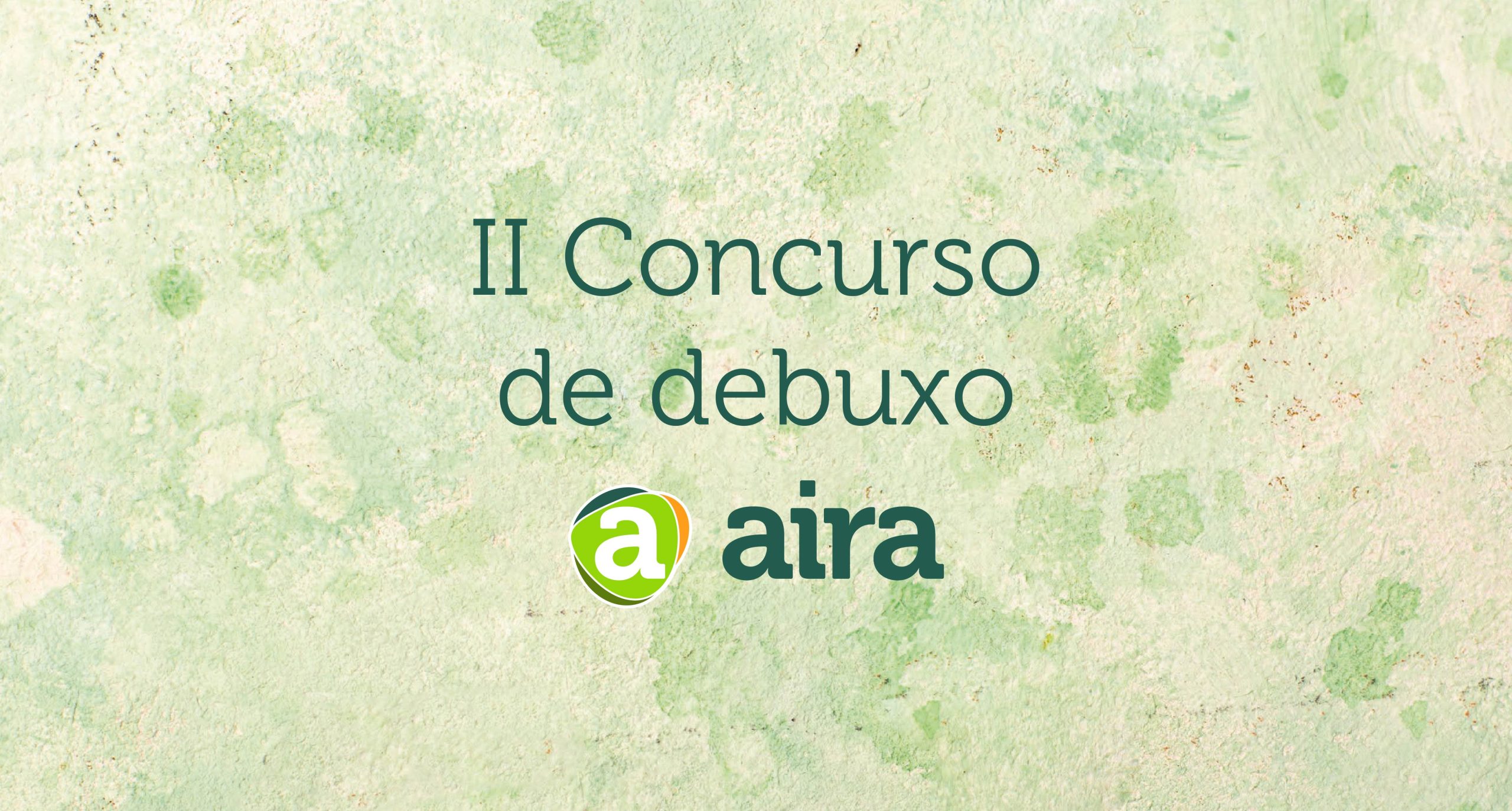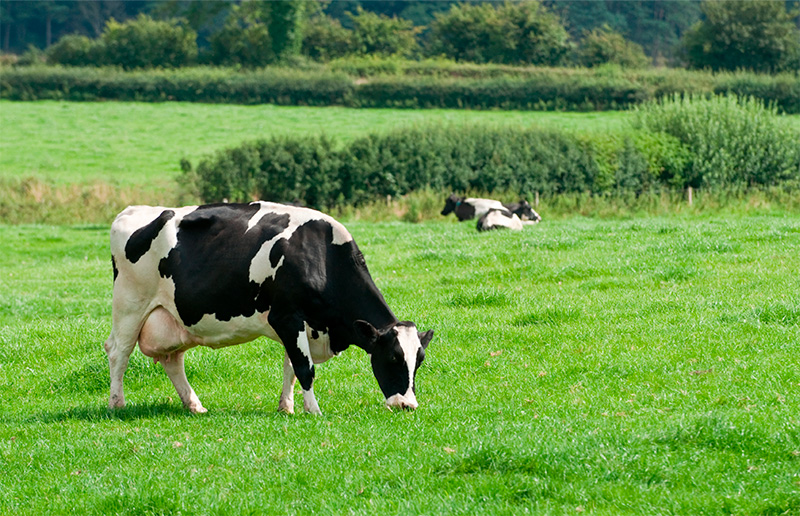Antonio Fernández, together with his brother Luis Javier, manage Finca de Eiras SL, located in Pol. The farm was bought by his father in 1995, after working all his life as foreman in it. The brothers joined the farm in 1998, year in which they made the first large expansion of the facilities, the second was in 2006 and finally in 2019 they carried out the last work in the livestock, when they incorporated the rear milking parlor of 24 points.
In addition to cattle farming, they also have a pig farm. Thus, Antonio is mainly in charge of the cattle, while Luis Javier manages the pig farm. “We decided not to bet everything on dairy production and we think it was the best”, explains Antonio. In addition, in the cow farm they have three workers to carry out all the daily tasks.
Finca de Eiras SL has 280 animals, of which 160 are milking cows. They achieve a daily production of 43.5 liters/cow/day with three milkings and qualities of 3.7% fat and 3.2% protein. The cell count is 160,000 and the average bacteriology is 10,000.
Genetics is one of the areas in which they are working the most, with the aim of achieving greater longevity in the animals. Thus, the main criteria for choosing bulls are udders and legs. “We also value other parameters such as solids or La2A2, because it was an issue they were working on at AIRA”, emphasizes the breeder.
For rebreeding, they worked with the Castro Rebreeding Center and currently have about 10 animals in the enclosure, but in the future they plan to stop working with them. “We entered when we were under construction, because we did not have space for the management of rebreeding. We stopped sending animals a year ago and now we are working on a project to rent an old farm to be able to do the rebreeding ourselves with comfort”.
In the feeding of the animals, they use their own production for the unifeed rations. Thus, the ration for production cows consists of 20 kg of corn silage, 24 kg of grass silage and 14 kg of custom mix. Heifers and dry cows eat 17 kg of grass silage, 4 kg of dry grass, 4 kg of corn silage and 3 kg of mix.
For the production of the silos they have 75 ha (45 ha owned and 30 ha rented) of which 50 ha are used for corn, rotating them with grass, and the rest is in permanent pasture. Antonio explains that in terms of land “there was no need to have a little more, especially for the slurry issue, so we continue to increase the number of hectares”. To carry out this work, they do everything themselves, except for the collection of fodder, which is done by AIRA.
EXPERIENCE WITH THE COOPERATIVE
How is your experience with the cooperative?
Very positive. We have been working with the cooperative for many years, more actively since 2000, when I became a member of the board of directors.
What do you think should be improved in AIRA?
The cooperative works well, but perhaps it could improve its proximity to members and communication. I understand that it currently covers a large area and the number of members is greater, but before the merger the treatment was more direct. I think there is still a lot to do in terms of milk marketing, we need to take steps in this direction and not depend so much on selling to other companies. We need to work more on the processing and packaging of our product. A considerable investment was made and we need to get more out of it.
What is your assessment of these years since the integration of AIRA?
Integrations are always good. We saw it clearly from the first one and I believe that we should bet on integrating the remaining ones. In my opinion, a large cooperative in Galicia would be enough. We have to be competitive and that can only be achieved by being big.
You use the new partner platform for treatment management, why did you decide to incorporate it?
We have been using it for a year and a half. We started because we saw the convenience it offered us in terms of the electronic prescription and the treatment book. It makes our work much faster and is practical for the daily routine of the farm.
Do you encourage other farmers to incorporate it?
The future is there. You don’t have to be aware of having all the books updated, you simply have everything on one platform. I can understand that at certain ages it is more difficult to integrate it, but by dedicating time it is easy to use.


